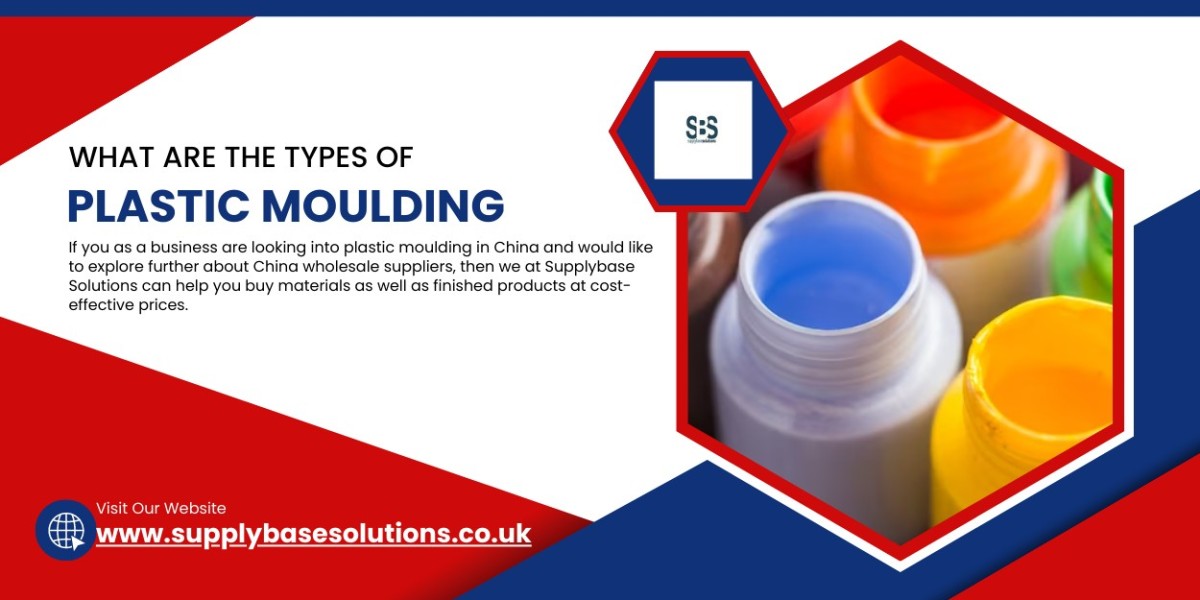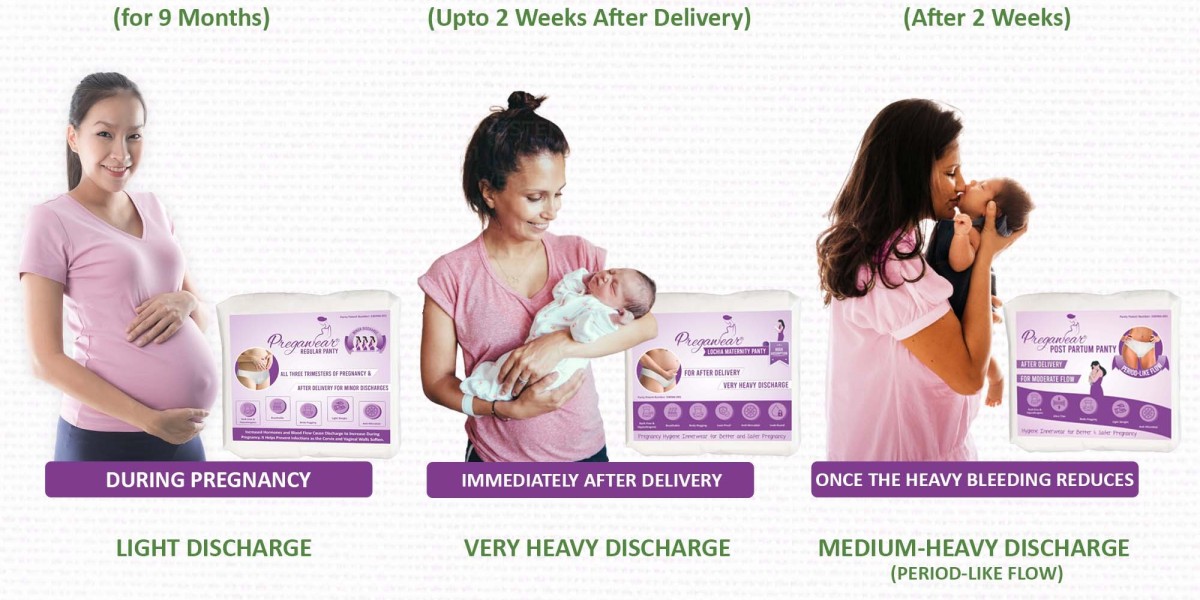Plastic molding can be defined as a process in which plastic is poured into a certain mould or container so that it ultimately hardens into a customised shape. Since plastic is one of the widely found materials in the world, it is used in the manufacturing process in numerous fields, be it medicinal or industrial. Plastic injection moulders are often used to make technologically advanced equipment and tools in a competent manner.
If you as a business are looking into plastic moulding in China and would like to explore further about China wholesale suppliers, then we at Supplybase Solutions can help you buy materials as well as finished products at cost-effective prices. Therefore, for those of you hoping to get access to services and goods from China wholesale suppliers, reach out to our team right away.
Different Types of Plastic Moulding
There are different types of plastic moulding that exist, and they are as follows:
Extrusion Moulding
Extrusion moulding is used to create long plastic parts by pressing hot melted plastic through an extrusion moulding machine, after which the material is cooled down and cut as per the desired length. Such plastic products are usually used for the purpose of insulation or wiring.
PVC pipes, hoses, and straws are made using extrusion moulding. This kind of moulding costs less than the other kinds as the die and machines used are quite simple in nature.
Compression Moulding
Compression moulding involves placing heated plastic into a heated mould. After this, the mould is
closed using a top plug and compressed so that the material can come into contact with all the areas of the mould. Using this process, one can develop parts of varying thickness, length, and complexity. The heating process is known as curing, which enables the final product to retain its structural integrity and shape.
Compression moulding is mainly used to replace metal parts with plastic parts. It’s used extensively in the automotive industry as the final product it develops is durable and strong. The cost of a compression mould can be pretty high, depending on factors such as the size of the parts, the number of cavities, the intricacy of the pieces, and so on. However, the cost usually gets lowered when individual parts are bought in high quantities.
Blow Moulding
Blow moulding is quite similar to glassblowing. In this process, a plastic parison is inflated with air till it takes the shape you desire, thereby using just the method of blowing to give the heated plastic its desired form.
Once the product is cooled, it is then ejected from the mould. This process is employed to create identical and simple hollow containers that have thin walls. Some of the products manufactured through blow moulding are storage containers, drums, and plastic bottles.
Injection Moulding
As far as innovative moulding processes are concerned, plastic injection moulding has established itself as quite an efficient process. Not only is it cost-efficient and quick, but it also aids in creating parts of various shapes and sizes.
Melted plastic is injected into a steel mold for this process, but it’s important to remember that the more complex the part is, the tougher it is to adjust all the various parameters to ensure that the final product is competent. The quality of the end product also depends on the kind of plastic resin used. Certain parts of surgical products and a high number of parts for cars are often created through injection moulding. By multiplying the flexibility of products, this process proves extremely useful for engineers and designers.
Rotational Moulding
Rotational moulding, which is also known as rotomoulding, is when high temperatures are combined with rotational movements to coat the inner area of the mould, which thereby implements the final shape of the product.
After the rotation of the mould, the cooling follows, post which the final product is ejected from the
machine. Hollow and large containers equipped with a single section are created through rotational
moulding, such as tanks.
Thermoforming
Thermoforming makes use of thermoplastic, a plastic sheet, which is heated to be moulded into a specific shape and then trimmed accordingly to develop a usable item. There is a wide variety of finishes, colors,materials, and thickness of thermoplastic available.
Various kinds of processes and moulds are utilised in thermoforming to get the final product. To develop a 3D product, for instance, the mould used is usually a single 3D form which is aluminum-based. Since low pressure is used in thermoforming, the process becomes quite cost-effective due to the involvement ofinexpensive materials.
Blisters, lids, containers, clamshells, disposable cups, trays, and various other items for the retail and food industry are produced through thin-gauge thermoforming. Utility vehicle beds, refrigerator liners, and vehicle door and dash panels are developed through thick-gauge thermoforming.









The Maurya Sir 35 w
https://themauryasir.com/how-to-apply-for-online-loans-fintechzoom/